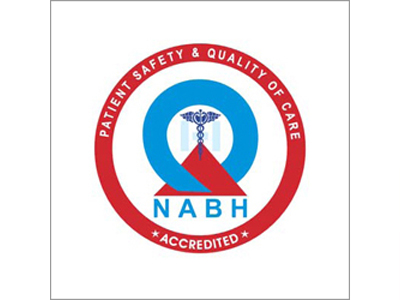A recent paper by Dr Vivek Dave and others from the Smt. Kanuri Santhamma Center for Vitreoretinal Diseases at the Anant Bajaj Retina Institute, L V Prasad Eye Institute (LVPEI) highlights the complexity introduced to endophthalmitis management by biofilm. The authors note the importance of identifying biofilm producing organisms early and tackling the infection with a tailor-made treatment strategy.
Biofilms are a layer of polymeric substances consisting of exopolysaccharides, proteins and other macromolecules secreted by micro-organisms that have colonised tissues or other surfaces. It binds the colony to the surface and protects it from antibiotics, and the human immune system. Biofilms are a major cause of antibiotic resistance in systemic diseases. Sometimes, biofilm enhances virulence, requiring multiple interventions and concerted treatment.
Endophthalmitis is a “dreaded” eye condition that is precipitated by a bacterial (sometimes fungal) infection of inner layers of the eyeball, especially the vitreous. What happens when the endophthalmitis is caused by a biofilm-producing bacteria? A new paper, published in the Indian Journal of Ophthalmology (IJO), explored the “impact of biofilm on the clinical management of endophthalmitis and its outcome.”
The team of clinicians and microbiologists presented the results of their prospective, non-randomised, consecutive case series of their one year study in this paper. The study included eighty-three patients with endophthalmitis, of which fifty patients were biofilm positive. It found that those infected with a biofilm-producing organism needed more surgeries, but had worse vision outcomes. If the organism managed to develop the biofilm in vivo during endophthalmitis, the study found higher virulence leading to increasing need for multiple surgeries and poorer outcomes.
The paper reports many instances of biofilm-producing bacteria latching on to implants like intraocular lens (IOLs), scleral buckles, and even contact lens. The presence of a biofilm necessitates multiple interventions to clear the eye of the infection.
'I encourage clinicians to perform a biofilm formation test on vitreous samples that are culture positive. If a sample is biofilm positive, an early intervention can improve the anatomic and surgical outcome,' says Dr Dimple Sanjay Lodha, MBBS, DNB, the first author of this paper.
'Biofilms have great significance for public health, because biofilm-forming microorganisms demonstrate added virulence that facilitates the emergence of antimicrobial drug resistance, and leads to persistent or chronic infections,' notes Dr Joveeta Joseph, Head, Jhaveri Microbiology Centre, LVPEI. “The microbiologist must inform the clinician immediately as this knowledge of a pathogen being a biofilm-former can help to make treatment decisions accordingly. These pathogens often require higher concentrations of antibiotic therapies over longer duration.”
If you want to receive more such articles in your inbox, do subscribe to the LVPEI Science PubList mailing list.
Citation
Lodha D, Karolia R, Sharma S, Joseph J, Das T, Dave VP. Biofilm formation and its effect on the management of culture-positive bacterial endophthalmitis. Indian J Ophthalmol. 2022 Feb;70(2):472-476. doi: 10.4103/ijo.IJO_1872_21. PMID: 35086219.


